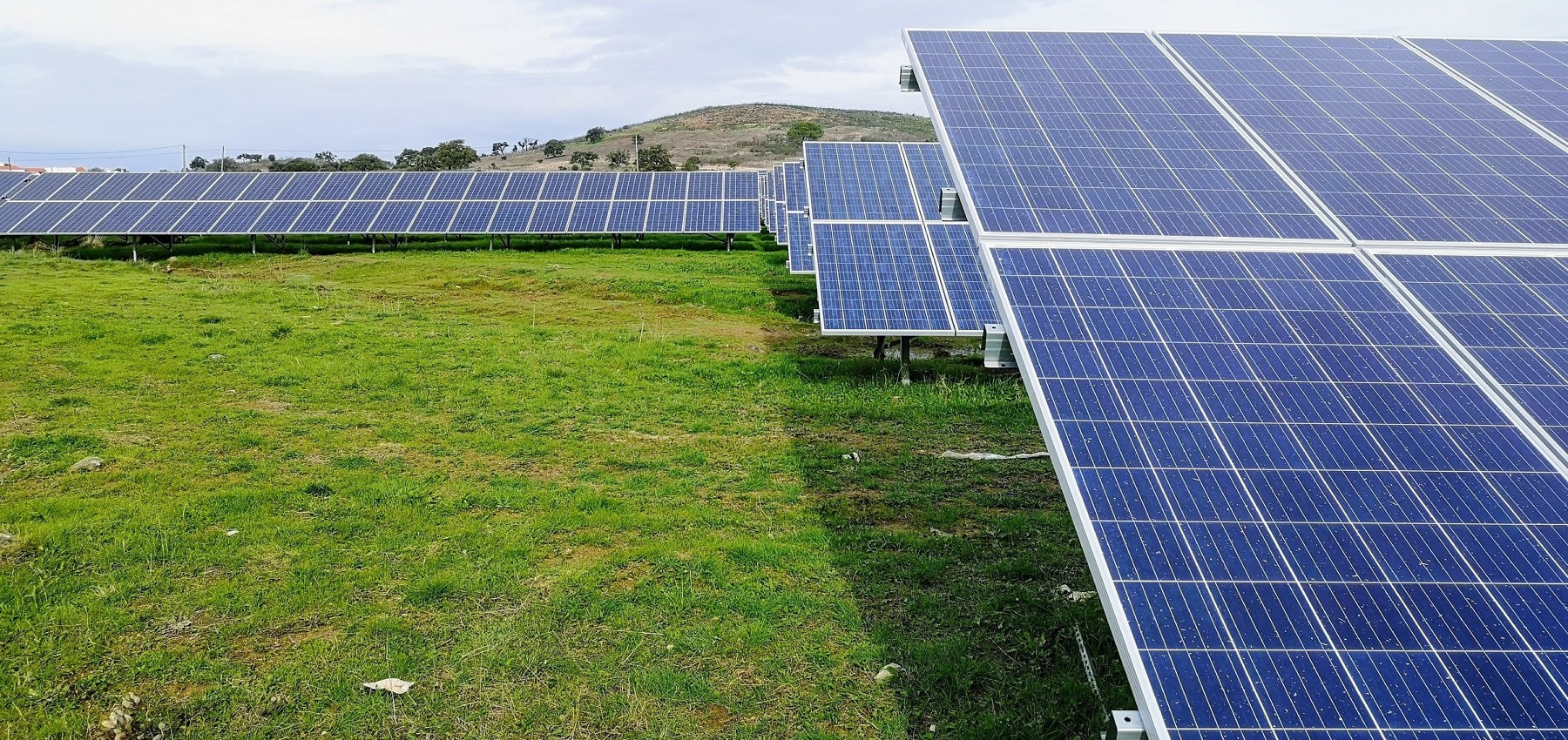Understanding Current Use Taxation Policies
Current Use Taxation policies are state beneficial taxation programs in which agricultural land is assessed and taxed at its agricultural value, rather than market value, so long as the land continues to be used or available for agricultural purposes.
These programs may also be open to forestry or other specific land uses. They create an incentive for private landowners to keep their land undeveloped by providing some relief from market pressure to convert agricultural, open space, and forest land to economically “best uses” through development.
Landowners reduce their property tax obligations by limiting the use of their land to a beneficial purpose, like agriculture or forestry, and are subject to tax penalties if the land use is changed.
Agricultural current use taxation programs provide a public benefit by sustaining the variety of services provided by agricultural lands, including greenspace preservation, food production, and ecosystem services like flood control, air quality, biological controls, pollination habitat, and carbon sequestration.
States should carefully consider the types of solar infrastructure to allow on enrolled land to ensure arrays support the underlying beneficial use.
Land Use Conversion
State programs vary on the activities permitted on enrolled land. When a landowner commences a land use not permitted by the state’s current use program, this may constitute “land use conversion,” disqualifying the land from beneficial taxation.
Some states have addressed the addition of renewable energy infrastructure on enrolled land, setting out conditions for renewable energy use and development that are consistent with current use enrollment.
Other states have not yet addressed this issue, making it likely that the addition of solar infrastructure to enrolled land would be considered land use conversion, subjecting the landowner to a conversion penalty or “land use change tax.”
Land Use Change Tax
If land enrolled in a current use program no longer meets the criteria for beneficial taxation, the landowner is likely to be assessed a tax penalty.
This penalty may simply require the landowner to pay the tax rate that would have been applied to the land if it were never enrolled in current use, but could impose additional penalties like “roll-back taxes” requiring the payment of taxes for prior years adjusted to a “fair market value” tax rate.
When rules are established to allow solar development on enrolled farmland without triggering a tax penalty, farmers and agricultural landowners benefit from clean energy serving the farm.
- John Bordeau, et al, Rural or Agricultural Lands, 84 C.J.S. Taxation § 596.
- Justin Barnes & Chad Laurent & Jayson Uppal & Chelsea Barnes & Amy Heinemann, Property Taxes and Solar PV Systems: Policies, Practices, and Issues, at 45, July 2013 (https://ncsolarcen-prod.s3.amazonaws.com/wp-content/uploads/2015/06/Property-Taxes-and-Solar-PV-Systems-Policies-Practices-and-Issues.pdf).
